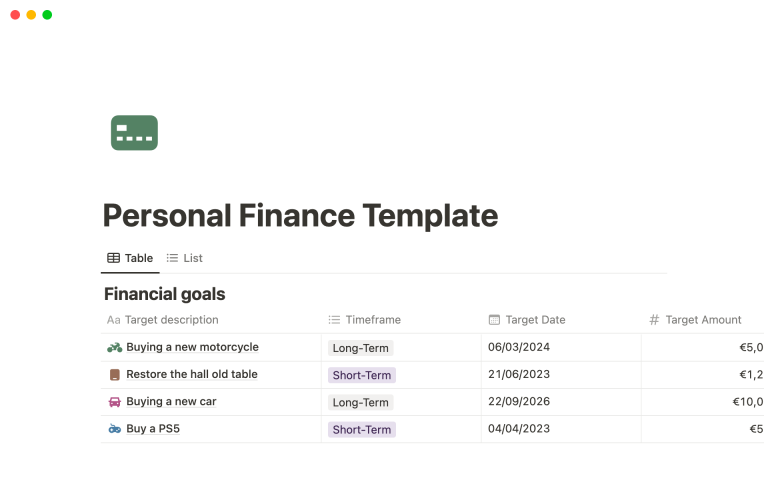When it comes to retirement planning, understanding the Thrift Savings Plan (TSP) is crucial for federal employees and military service members. The best TSP investment strategy can significantly influence your financial security during retirement. With the right decisions and planning, you can ensure that your investments work for you rather than the other way around. This article delves into effective TSP strategies and how you can optimize your plan to build a promising retirement fund.
Understanding the Best TSP Investment Strategy
The Thrift Savings Plan is a retirement savings and investment plan for federal employees and members of the uniformed services. With the right approach, you can create a robust investment strategy that caters to your specific retirement goals. Here’s a look at some of the key components that contribute to the best TSP investment strategy.
1. Assessing Your Risk Tolerance
Understanding your risk tolerance is an essential first step in developing the best TSP investment strategy. Risk tolerance varies from person to person based on factors like age, financial situation, and personal preferences. Younger investors typically have a higher risk tolerance since they have more time to recover from market downturns, while those nearing retirement may prefer a more conservative approach.
To gauge your risk tolerance, consider the various asset classes available in the TSP. These include:
- G Fund: Government securities with low risk but lower returns.
- F Fund: Fixed income investments, which are more volatile.
- C Fund: Common stocks, representing the stock market’s performance.
- S Fund: Small to mid-sized companies through stocks.
- I Fund: International stocks.
2. Diversifying Your Investment Portfolio
Diversification is vital in achieving the best TSP investment strategy. By spreading investments across various asset classes, you can minimize risks and improve potential returns. The TSP provides various funds to invest in based on different market segments.
When diversifying, it’s essential to strike a balance between risk and reward. A well-divided portfolio may include funds from the G, F, C, S, and I options, aligning with your risk tolerance and long-term goals. A common strategy is to allocate a higher percentage to stocks during the early employment years, gradually shifting towards bonds and the G Fund as you approach retirement.
The Best TSP Investment Strategy for the Long-Term
For long-term success, consider these strategies:
1. Maximize Your Contributions
Taking advantage of your TSP’s contribution limits plays a crucial role in the best TSP investment strategy. The contribution limit is updated annually, and any increases should be maximized. If you can, contribute enough to receive the full match offered by your employer, as this effectively provides free money towards your retirement savings.
2. Automatic Reallocation
To stay aligned with your investment goals, consider setting up an automatic reallocation schedule. This allows for periodic adjustments based on market conditions without the need for constant monitoring. Rebalancing ensures that your portfolio does not drift too far from your original asset allocation, which is vital for consistency in long-term strategy implementation.
Visualizing the Best TSP Investment Strategy

As illustrated above, the best TSP investment strategy incorporates factors such as risk tolerance, diverse funds selection, and maximizing contributions to enhance your retirement prospects.
Adapting Your Strategy Over Time
Your investment needs and risk tolerance may shift over time. Therefore, it is essential to evaluate your best TSP investment strategy regularly. Life events like marriage, childbirth, career changes, or retirement should prompt a reassessment of your financial goals and strategy.
1. Be Aware of Market Trends
Stay informed about market trends. Understanding financial markets and economic conditions can impact your investment choices. Many resources can help you track the performance of your TSP investments, including investment newsletters, financial news sources, and market analysis tools.
2. Flexibility and Adjustments
Adaptability is a crucial aspect of achieving retirement goals. As you transition through different life stages, your financial focus might change. Enhance your strategy by incorporating varied investment approaches based on where you are in your career cycle. If your risk tolerance has evolved, adjust your investments to match your new comfort level.
The Impact of Fees on TSP Investment Strategy
Be mindful of the fees associated with your TSP investments. While TSP fees tend to be lower compared to other retirement plans, even minor fees can accumulate over the years, ultimately affecting your returns. Assess the fee structure of different funds and strive to minimize the costs associated with managing your investments.
1. Choosing Low-Cost Funds
Selecting low-cost funds is a significant aspect of the best TSP investment strategy. Typically, index funds have lower fees than actively managed funds, providing a better net return over time. Research the funds available within the TSP to identify cost-effective options.
2. Review Performance Regularly
Monitoring the performance of your investments is crucial. Review fund performance at regular intervals to assess whether your chosen investments align with your expectations and market performance. If a fund consistently underperforms, it may be wise to reevaluate its position in your overall strategy.
Engaging with Financial Education Resources
To enhance your understanding of the best TSP investment strategy, consider engaging with educational resources. Various platforms offer insightful content, including articles, webinars, and financial planning tools. The more informed you are, the better equipped you will be to make decisions about your investments.
Additionally, participating in retirement planning workshops or attending financial seminars can provide in-depth knowledge about managing and optimizing your TSP. Find local financial advisors experienced in TSP, whose insights can guide you along your financial journey.
Conclusion: Charting Your Best TSP Investment Strategy
Creating the best TSP investment strategy is not a one-time task; it is an ongoing process that requires regular reviews and a keen eye on market dynamics. By assessing your risk tolerance, diversifying your portfolio, maximizing contributions, and managing fees, you can significantly improve your retirement savings.
As you navigate through the complexities of retirement planning, embrace flexibility and stay informed. Employ the strategies outlined in this article to empower your TSP investments and secure a financially sound future. With diligent planning and a proactive approach, you’ll be well on your way to enjoying your retirement years with confidence and peace of mind.


